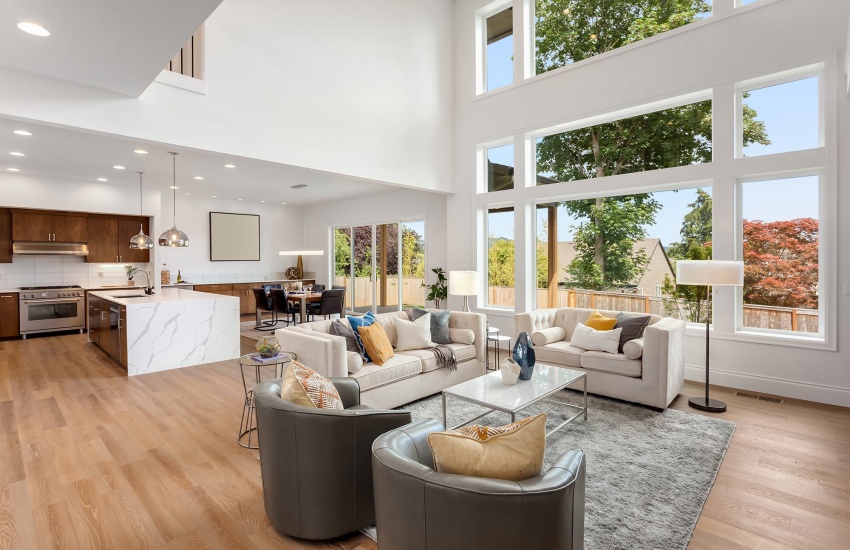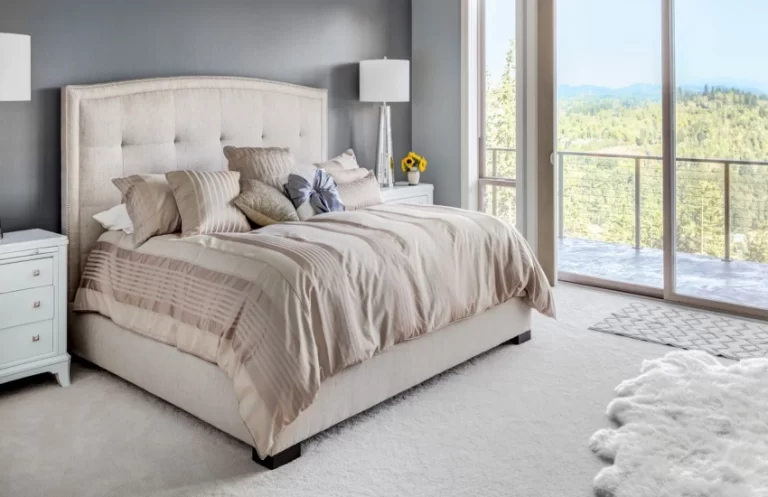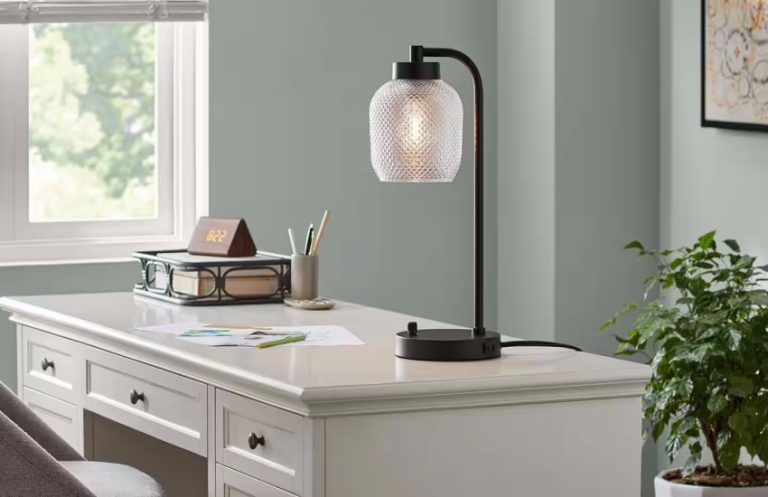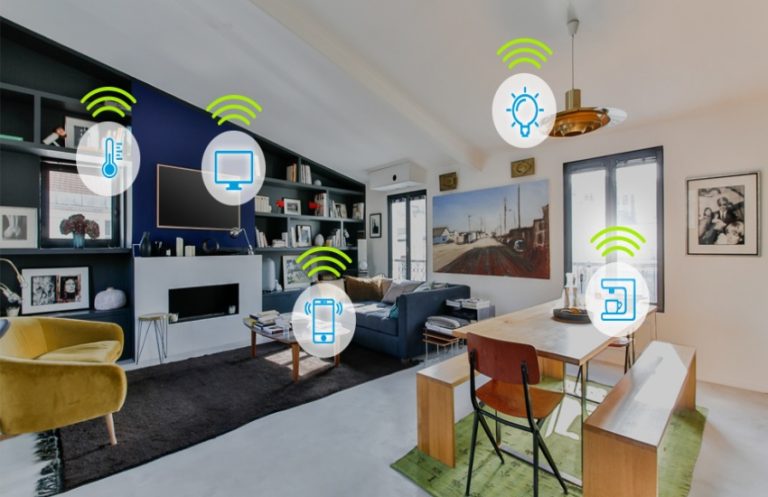
In open-concept homes, area rugs can create distinct zones for living, dining, or working. A well-placed rug can anchor furniture and provide a cohesive look, making the space feel more organized and inviting. Choosing a rug that contrasts with the flooring can also add visual interest and depth to a room.
The materials used in area rugs vary widely, each offering unique benefits. Natural fibers such as wool and cotton are popular choices due to their durability and comfort. Wool rugs are particularly known for their softness and resilience, making them suitable for high-traffic areas. Cotton rugs, on the other hand, are often easier to clean and maintain, making them ideal for families with children or pets. Synthetic materials like nylon and polyester are also common, offering a range of designs and affordability while being resistant to stains and fading.
When selecting an area rug, size is a crucial factor to consider. A rug that is too small can make a room feel disjointed, while one that is too large can overwhelm the space. The ideal size should allow for at least the front legs of furniture to rest on the rug, creating a unified look. Measuring the area before making a purchase can help ensure the right fit.
Color and pattern play a significant role in the overall ambiance of a room. Light-colored rugs can make a space feel airy and open, while darker shades can add warmth and coziness. Bold patterns can serve as focal points, drawing attention and adding character to a room. Homeowners should consider the existing color palette and decor style when choosing a rug to ensure harmony within the space.

Maintenance is another important consideration when it comes to area rugs. Different materials require different care routines. Wool rugs may need professional cleaning, while cotton and synthetic options can often be machine-washed. Regular vacuuming is essential to keep rugs looking fresh and to prevent dirt accumulation. For high-traffic areas, choosing a rug with stain-resistant properties can simplify maintenance and prolong the rug’s lifespan.
Layering rugs is a trend that has gained popularity in recent years. This technique involves placing a smaller rug on top of a larger one to create depth and texture. Layering can also allow homeowners to combine different patterns and colors, adding a unique touch to their decor. When layering, it is essential to ensure that the rugs complement each other in style and color to achieve a cohesive look.
Area rugs can also contribute to improved acoustics in a space. Hard flooring surfaces can create echoes and noise, while rugs absorb sound, making the environment more comfortable. This is particularly beneficial in homes with open layouts or multi-level designs where sound can travel easily.
The various aspects of area rugs can significantly enhance the decor and functionality of a home. By carefully selecting the right size, material, color, and maintenance routine, homeowners can create inviting and stylish spaces that reflect their personal tastes and lifestyle. Thoughtful choices in area rugs can elevate the overall design and comfort of any room.





